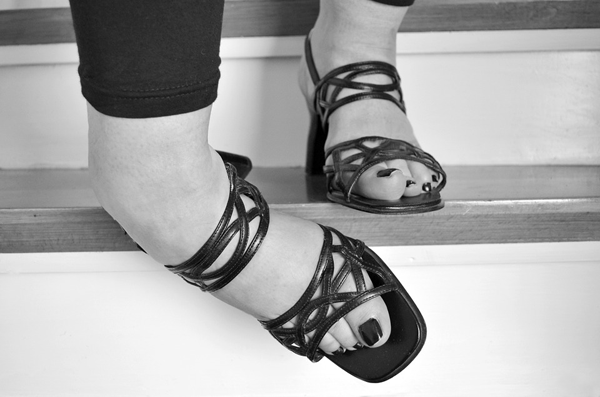
Ankle injuries are among the most common athletic hindrances. Jumping sports such as basketball and volleyball produce the majority of ankle injuries, although nonathletes can easily injure an ankle simply by stepping onto an uneven surface, such as a stone. Rehabilitation following an ankle injury is crucial to managing pain and preventing future injury.
There are three ligaments on the outside of the ankle: the anterior talofibular, the calcaneofibular and the posterior talofibular. The anterior tibiofibular in the front of the ankle helps maintain proper alignment of the fibula and tibia (bones of the lower leg). Depending on which ligament is affected and to what degree, the rehabilitation process may differ slightly. Stability, range of motion and ankle strength will be assessed by a physical therapist to determine the appropriate recovery program. In some cases, x-rays will be performed when there is tenderness of the bony areas of the ankle or leg.
The most commonly used approach to ankle rehabilitation is explained by the acronym PRICE (protection, rest, ice, compression, elevation). This is typically the first line of defense and consists of:
• “Protected” weight bearing;
• Appropriate level of rest;
• Applying ice packs for 20 minutes every two to four hours (use a bag of frozen peas or one part alcohol and four parts water solution frozen in
double-sealed plastic bags);
• Applying a source of soft compression such as an Ace bandage; and
• Elevating the ankle above the body to control swelling.
If further treatment is needed, your physical therapist can use a number of different modalities. Other treatments may include a gradual introduction of weight bearing for those patients initially on crutches, along with a series of specialized exercises where your range of motion is increased by carefully mobilizing the ankle. As pain decreases, equipment such as a treadmill or stationary bicycle may be used. You may also be instructed to use free weights and gradually participate in more challenging physical activity as pain and movement allow. Almost always, a balanced program of increasing-demand exercises is part of the rehabilitation sequence.
